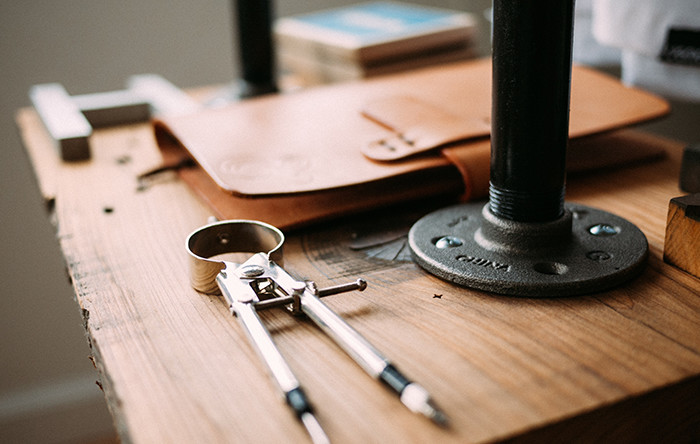The minute your adorable little baby learns how to crawl or walk, the world becomes a very scary place for you, as a parent. Suddenly, those outlets are calling for little fingers to be stuck into them, and that pretty vase in the corner is just waiting to be smashed. Enter childproofing your living room, and keeping your little one safe.
If only you could wrap your whole house, and even your baby or toddler, in bubble wrap. Unfortunately, you can’t. But there are ways to childproof your home so your little angel stays safe, and so do your belongings.
Where should you start? Learn how to childproof your living room with these eight safety tips.
1. Stow your candle collection

If you were a candle person before Baby came along, unfortunately, it’s time to stow away your candles, matches, and lighters. Keeping your child safe means putting anything having to do with fire away.
2. Block your fireplace
Unfortunately, fireplaces aren’t something that can be stowed away. But there are safe ways to keep toddlers away from the fireplace, even when in use. Install a heat-resistant gate around your fireplace, secured to the wall on either side.
When your fireplace is not in use, keep the doors closed and locked. Also make sure fireplace tools are kept somewhere your child can’t reach. If your child keeps trying to play with or climb on or around the fireplace, just say no.
3. Buy and install outlet plugs or covers
Little fingers want to touch everything, including electrical outlets. Prevent electrocution, which can happen if your child sticks a metal object in a socket, by placing outlet plugs in or covers over every outlet not in use.
Also keep power strips out of reach. If they are within reach, use outlet plugs on the unused power strip outlets. It doesn’t matter which you choose—the inexpensive plastic plugs are just as effective as the outlet covers with the sliding safety latches.
4. Put decorative items out of reach

Your living room likely has some decorative items, like framed family photos, vases, or other items. Place these things out of reach of your toddler, or put them away entirely. A vase or other breakable item on an end table could easily get knocked off and shatter. Even if you have carpets, move or remove your breakables, which can fall and hit your little one in the head.
5. Mount your television to the wall
If you have a television that sits on a shelf or TV stand, the best way to childproof it is to mount it to the wall. Children can be injured (or even killed) by grabbing a tabletop television and pulling it down onto themselves.
If your living room isn’t ideal for a mounted television, get a TV anchor that keeps your television in place using an anchor affixed to the wall and a strap secured to the TV.
You also don’t want your toddler to have access to remote controls, stereos, DVDs, CDs, video game systems, and other items that live near your television. If you don’t have one already, consider a stand or cabinet with slats so your remotes will work even when the stand doors are closed and locked.
6. Look for choking hazards
Take a walk around your living room and scrutinize it for any small objects that are less than one inch in diameter. These tiny items pose a huge chocking hazard to babies and young children. Remove any items you find, and secure them somewhere safe.
7. Pad table edges and corners

When your little one is at an age where he or she is learning to walk, falling down or tripping is a near-constant experience. Protect your child from sharp table edges and corners with corner cushions (small pads that can be affixed to your corners). Foam or plastic edge covers are also available.
If you have a glass coffee table, end tables, or other living room furniture, check to see if the item is made of tempered glass. If it’s not, it could shatter easily, and should be replaced.
8. Replace curtain and blind cords
What kind of curtains and blinds does your living room have? Most likely, the kind with cords to raise and lower them. Looped curtain cords pose a lethal threat to your child, who could get tangled in the cords and strangle. If possible, use cordless shades and window coverings.
Never place a baby’s crib or sleeping area near a window with curtains or blinds with cords. If your curtains have pull cords, either cut off the cords, or use cord shorteners or wind-ups to keep the cords out of reach. Cord loops can also be replaced with a safety tassel. Buying new window coverings? Consider cordless, or ones with non-looped safety cords.
Looking for more ways to make your home a safe place? Read these 10 ways to make your home healthier and safer.



